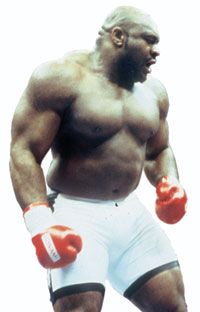silatman
Blue Belt
Whilst training gunting strikes with a guda a question arose about the differences between body shapes and more specifically muscle density.
We were doing a bicep strike with the punio of the guda at the time and wondered if you would cause more damage hitting a very muscular bicep such as someone would have if they really got stuck into the weights or whether a bicep that was very sinuous would have more pain and/or destruction caused due to the ability to crush the muscle into the bone.
What are peoples thoughts on this?
We were doing a bicep strike with the punio of the guda at the time and wondered if you would cause more damage hitting a very muscular bicep such as someone would have if they really got stuck into the weights or whether a bicep that was very sinuous would have more pain and/or destruction caused due to the ability to crush the muscle into the bone.
What are peoples thoughts on this?


